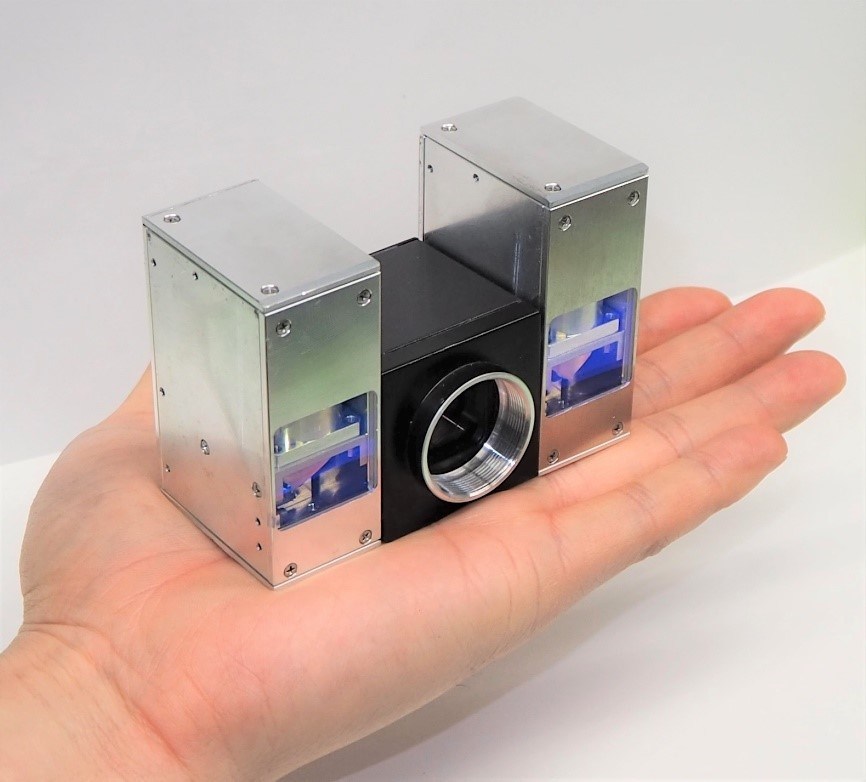Driving Tips for Staying Safe on the Road

In your driving course, you would have been informed about traffic laws and the rules of the road. However, it can be very different when out and about and you may run into some unexpected things.

In this post, you will learn some tips you might not have learned in driving school, such as how to pack an emergency car kit and what to do in low visibility conditions.
Emergency Car Kit
Safety on the road is important for all drivers, as car accidents are the most common cause of injury and death in many countries. The vehicle manufacturers design and implement numerous features to ensure the safety of passengers, but there are still some additional items that come in handy while on the road.
You can purchase an emergency car kit, or make your own. They usually include items such as a battery-operated torch, radio, essential medication, first aid kit, bottled water, energy bars, copies of important documents, spare keys, stationery, whistle, high visibility coat, spare glasses, ice scraper, snow shovel, and jump leads. These items can be more or less depending on where you are planning to go.
It is also handy to have a map and contact numbers on paper, in case you lose battery or end up somewhere with no signal. Contact numbers should include emergency contacts (friends or family), car breakdown cover, insurance company, and your car accident lawyer.
Medication
It is common sense not to drink and drive as you are more than likely going to cause an accident. However, you should also be aware that some medications can cause drowsiness, which can make driving a vehicle more dangerous. Sleepy driving has the same effect as alcohol and is one of the most common causes of accidents.
Distractions
Distracted driving is any activity that distracts your attention or your eyes from the road, even for a moment. Children in the car, eating food, drinking coffee, switching CDs, using a mobile phone, or interacting with passengers are just a few of the distractions you should avoid while driving. These activities can remove your eyes from the road for a few seconds, which can have fatal consequences. Distractions are estimated to account for 25% to 50% of road accidents.
Low visibility
You cannot always predict the weather, especially when you are taking your test so you can learn in all seasons. It is important to understand the basics of driving in low visibility areas.
- Be aware of other drivers who are not taking precautions, it will be hard to see them so keep your eyes peeled
- Use dipped headlights and only use fog lights when you need to
- Allow more space between cars than usual
- Keep your window open and listen to cars or traffic that you may not be able to see
Safe driving is not only beneficial for the driver but also for other road users. By following basic road safety rules, you can make a significant contribution to preventing accidents and minimizing deaths and injuries.
Regardless of how competent a driver is, it is always a good idea to think from time to time about basic road safety and take care to keep yourself, others, and pedestrians as safe as possible.





